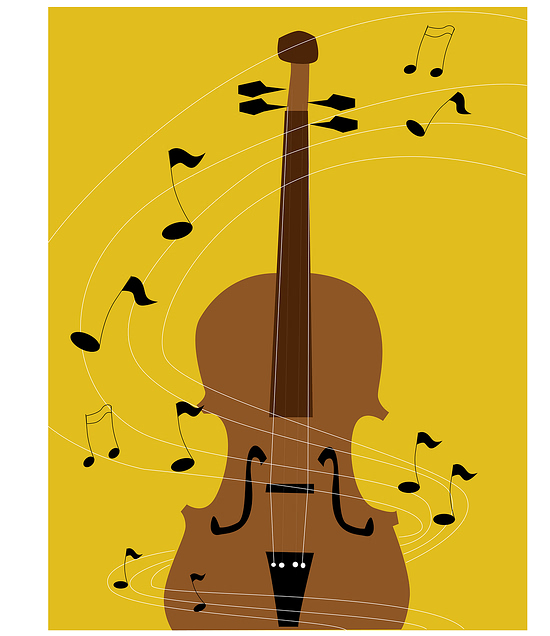Activities for Kids (Ages 2-4): Puddle Jumping
One of those rainy days? We’re going to start giving away some of our best Kindermusik activities for you to do at home with your children in the comfort of your own home! Keep an eye out for activities for babies, toddlers, and young kids!
Puddle Jumping:
Scatter several hula hoops on the ground or floor. One person is the “drummer leader”—drumming on a box, trash can, bucket, or hand drum. As long as the drummer is just playing a beat, the other players walk between and around the hoops. On a loud bang, everyone find a hula hoop and quickly jumps in it. Take turns being the drummer leader. Try running, leaping, skipping, hopping, twirling and other ways to move between and around the hoops. This activity combines sound, movement, cues, and social interaction, helping preschoolers develop their attention skills.
Keep an eye out for more Rainy Day Activities for Kids, Babies, & Toddlers!





